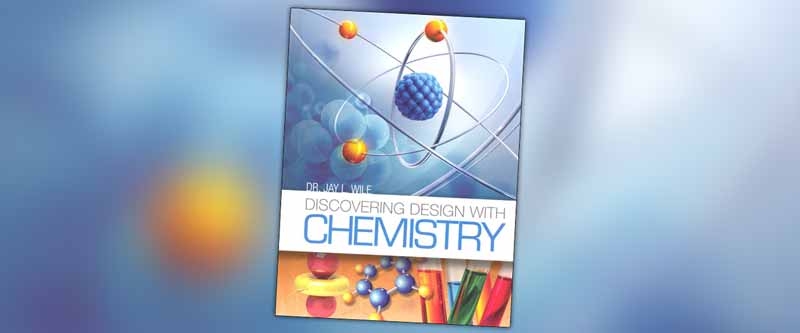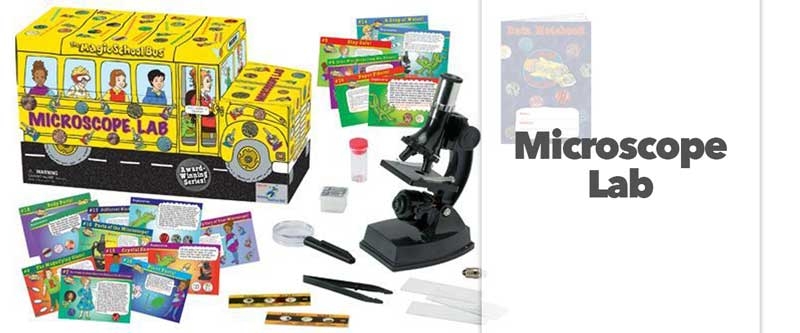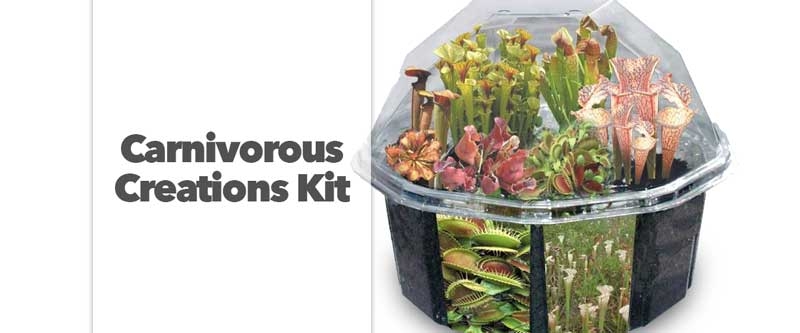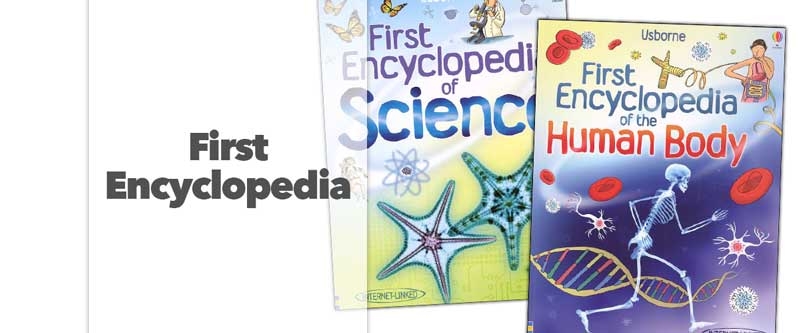Discovering Design with Chemistry by Dr. Jay Wile offers a very solid, college-prep chemistry education. Dr. Wile employs the “atoms first” approach to his chemistry presentation in this text, which is different from Exploring Creation with Chemistry 2nd Ed. (also authored by Dr. Wile). This approach presents foundational information about atoms and molecules, and then builds upon that information for a logical sequential presentation of topics.
The first thing I noticed when I opened the front cover is the similarity in format to other text books written by Dr. Wile. More reading and fewer pictures, assuming that you need to know everything about this subject and there is no teacher present. This text is homeschool- and user-friendly in so many ways; everything is easily accessible and all information is at your fingertips. The Periodic Table is printed inside the front cover, along with a list of the elements ordered by their chemical symbols in alphabetic order. An introduction explains why chemistry is an important subject – not just as a high school course, but life application.
There are 16 chapters and each includes reading and experiments. Within each chapter are statements and equations printed in pink boxes and definitions centered in the text; these need to be memorized by the student. Comprehension Check questions are found within the reading. These are offered periodically to see if the reader understands the information that was just presented; solutions are found near the end of each chapter. A chapter review rounds out the chapter information. This section reviews all of the information found in that chapter. If you were comparing this text to the 2nd edition of Exploring Creation with Chemistry, you would find that it discusses spectroscopy more and environmental issues less. Main concepts remain the same as what you might typically find in a high school, college-prep chemistry course. All of this is presented from a creation perspective and gives credit to our Creator.
In the front of the book Dr. Wile explains how to use the course in one academic year. If you want something more structured, a 36-week lesson plan is included in Appendix B. The lessons are laid out week-by-week and day-by-day with boxes to check off as you complete them – you have permission to copy this for marking purposes.
There are 46 experiments within the text, and you will do about 3 of them every 2 weeks. Dr. Wile also explains how to keep a record of your experiments. A lab kit is available for this course, but if you don’t want to purchase the kit, there are still 27 experiments you can do using just household items. Appendix C offers guidance on how to do experiments without the kit and adjustments you will need to make. In the informational pages at the front of the book, you will find a list of the kit contents and additional items needed, listed by chapter.
A website accompanies this course that includes free resources – video samples of mathematical examples, videos of some experiments that illustrate textual concepts (but are not offered in the text), further discussion of some of the course topics, and extra practice problems. The web address is found in the front of the text, just before the table of contents. If students get stuck on a problem or concept, a different website is available – askdrwile.com where Dr. Wile has made himself available for additional help. A glossary is included at the back of the text and some helpful tables are printed inside the back cover.
The Answer Key & Tests offers suggestions for grading and test implementation. Solutions are offered for all chapter reviews, chapter tests, and semester exams. There is one test to be taken at the end of each chapter and a final exam for each semester.
The Discovering Design with Chemistry Lab Kit comes from Nature’s Workshop and is specific to this course. The kit contains safety goggles, funnel, two 50-mL graduated cylinders, two medicine droppers, mass scale (accurate to 0.1 g), 250-mL beaker, 100-mL beaker, four test tubes, watch glass, filter paper, litmus paper, alcohol burner, thermometer, stirring rod, sodium hydroxide, strontium chloride, and cupric sulfate.





